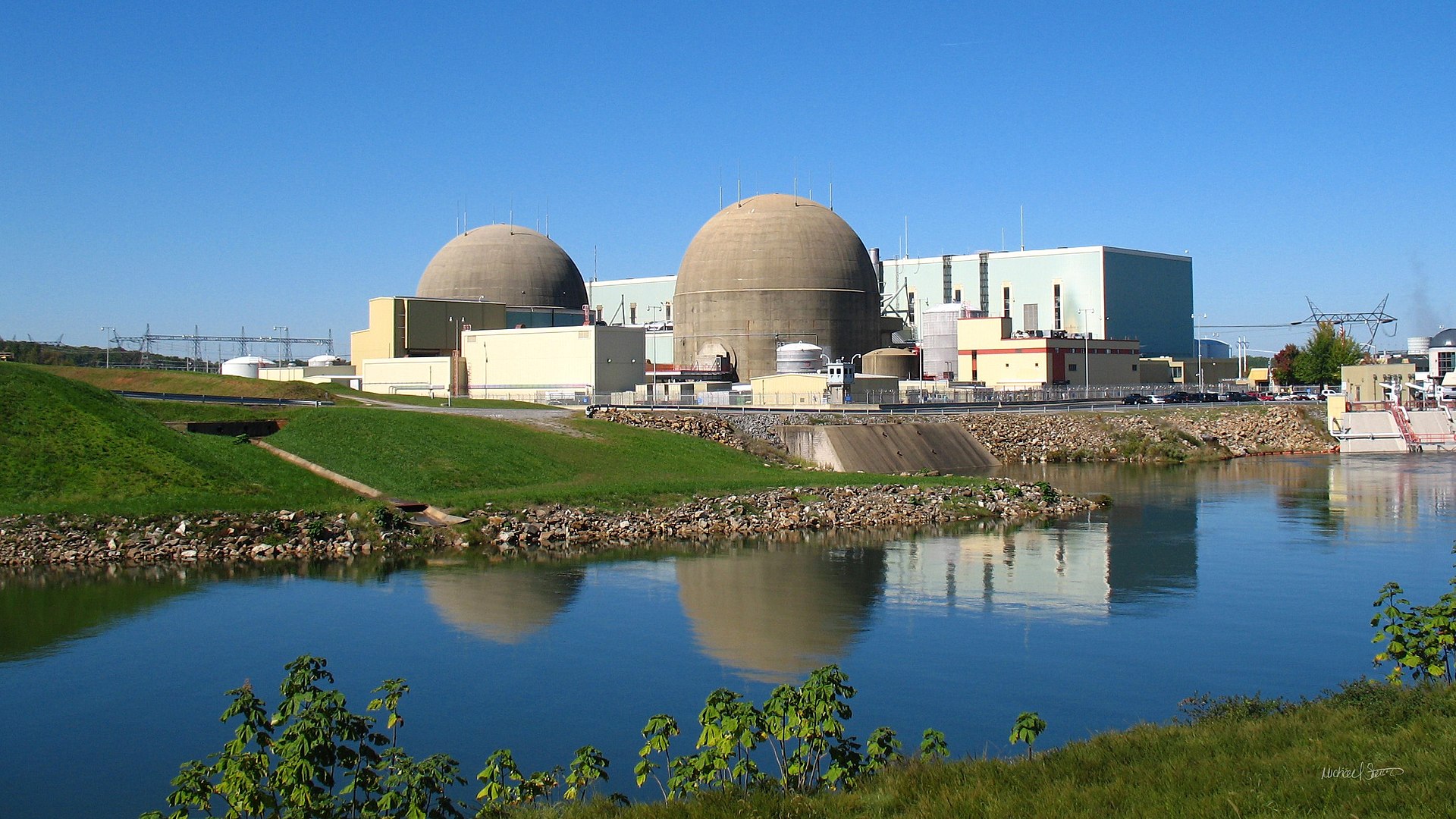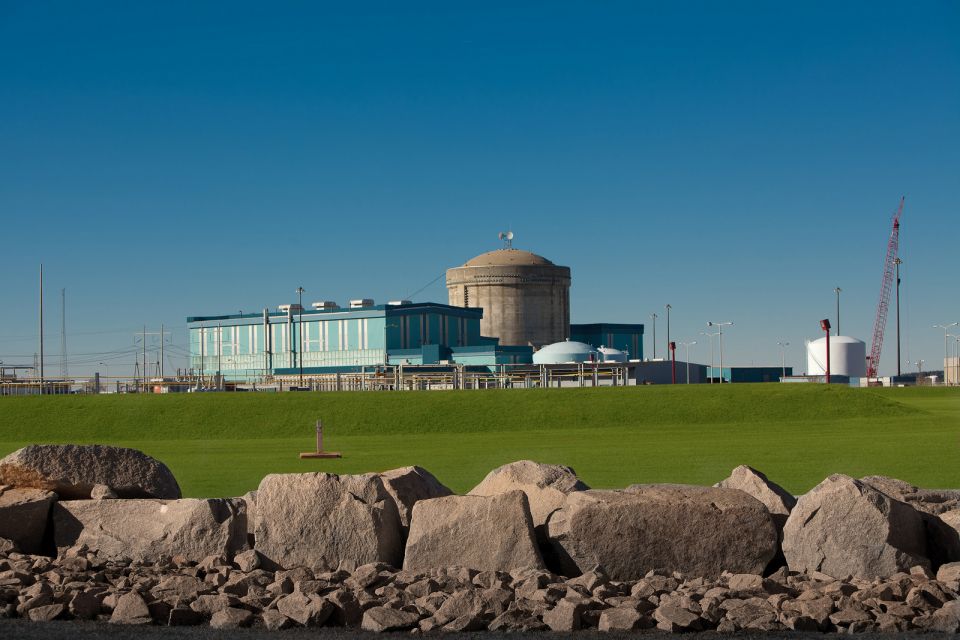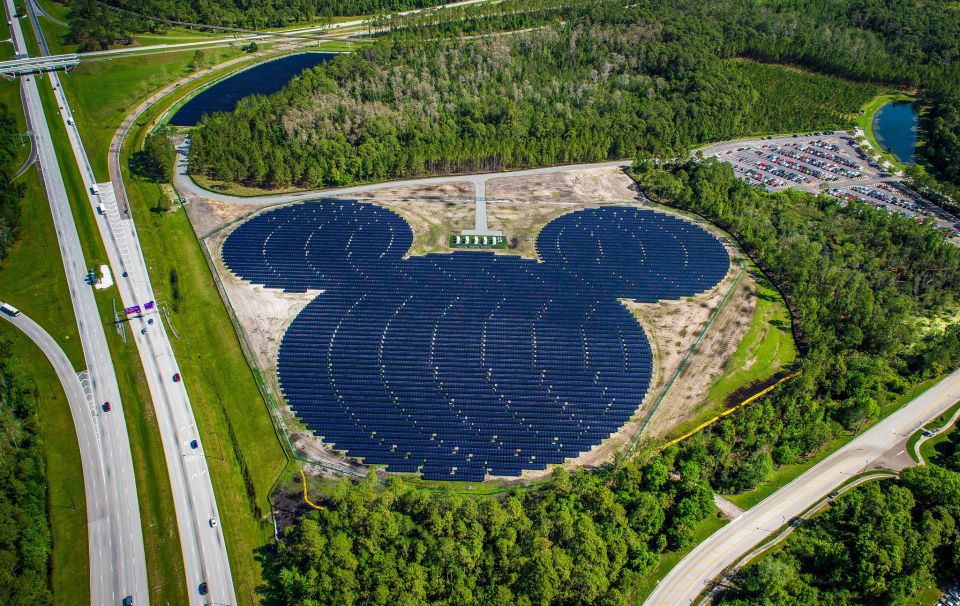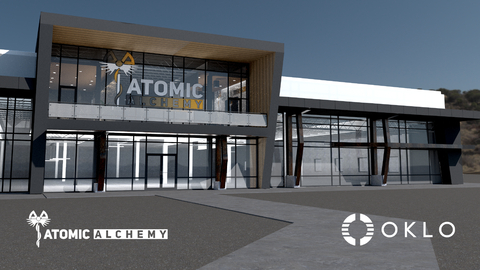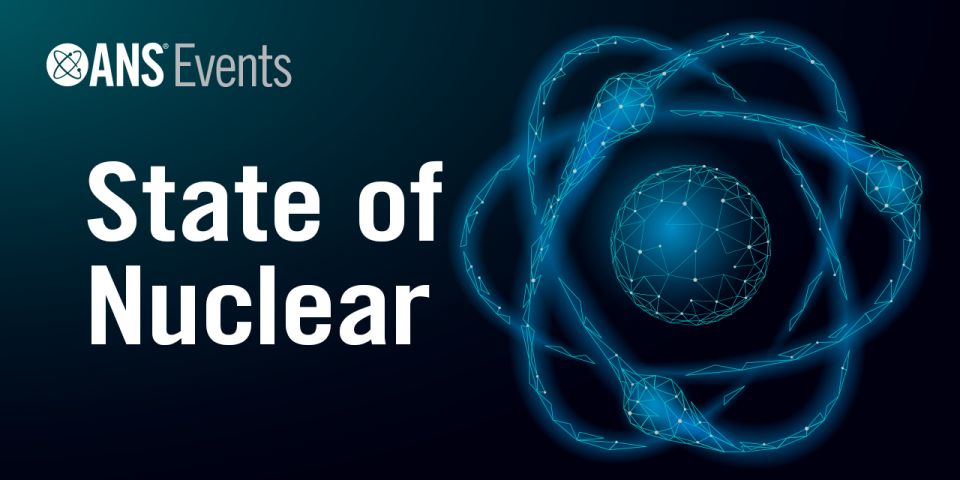The company also announced last week that it intends to seek rider recovery of SMR development costs in a filing with the Virginia State Corporation Commission (SCC) this fall under state legislation passed earlier this year. The legislation contains cost caps limiting current SMR development cost recovery to no more than $1.40 per month for a typical residential customer.
A closer look: Senate Bill 454, which went into effect July 1, allows Dominion to recover up to 80 percent of its costs to develop an SMR facility through a special rate adjustment clause, also known as a “rider.” The legislation is active through 2029.
The rider fees are subject to approval by the Virginia SCC. Dominion officials have said they expect the initial request for cost recovery to be below the $1.40 per month limit.
Quotable: “For over 50 years nuclear power has been the most reliable workhorse of Virginia’s electric fleet, generating 40 percent of our power and with zero carbon emissions,” said Robert M. Blue, chief executive of Dominion Energy. “As Virginia’s need for reliable and clean power grows, SMRs could play a pivotal role in an ‘all-of-the-above’ approach to our energy future. Along with offshore wind, solar, and battery storage, SMRs have the potential to be an important part of Virginia’s growing clean energy mix.”
Virginia Gov. Glenn Youngkin said, “The Commonwealth's potential to unleash and foster a rich energy economy is limitless. To meet the power demands of the future, it is imperative we continue to explore emerging technologies that will provide Virginians access to the reliable, affordable, and clean energy they deserve. . . . Small nuclear reactors will play a critical role in harnessing this potential and positioning Virginia to be a leading nuclear innovation hub.”
Diverse mix: Dominion serves about 2.7 million customers in Virginia. It has been erecting solar farms and is installing a massive windfarm off the coast of Virginia Beach.
A 2020 state law set a target for 100 percent of Virginia’s electricity to come from carbon-free sources by 2050. Youngkin said it’s important to embrace new technologies for power generation.
“We can’t build enough wind,” Youngkin said. “We can’t build enough solar in order to power the Virginia of the future. We need all of the above.”
Across the industry: While no SMRs are yet operating in the United States, numerous proposals are in the works. TerraPower, backed by billionaire Bill Gates, broke ground in June on a planned advanced reactor site in Wyoming, though the unit still needs license approval from the Nuclear Regulatory Commission. TerraPower’s proposed Natrium plant would produce 345 MW using a sodium-cooled reactor paired with molten salt–based energy storage.
